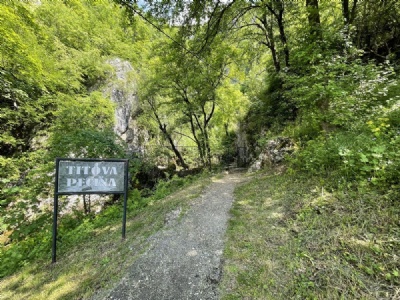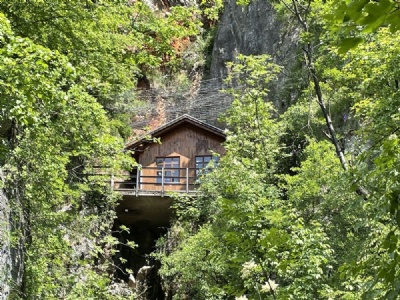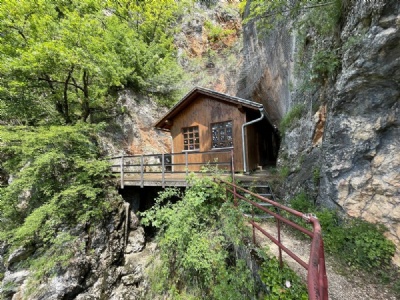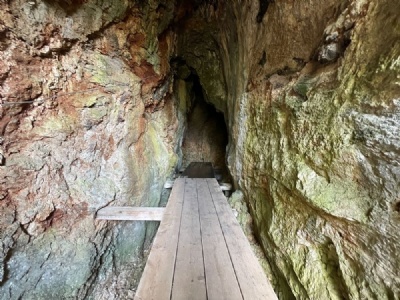Drvar
At the end of May 1944, the Germans began operation Rösselsprung in the mountains around a small village called Drvar in present-day western Bosnia. In 1944 this territory was part of the independent state of Croatia (NDH). The NDH was a minority state to both Italy and Germany and ruled by the ultra-fascist Ustasha with its leader Ante Pavelic. The purpose of the operation was to capture or kill the Yugoslav partisan leader Josip Tito and his leadership of Drvar. Tito and his partisans had since the Germans invaded Yugoslavia in april 1941 fought the germans. The Yugoslav partisans, just as their soviet counterpart, carried out constant sabotage and direct attacks against German targets. They were also known for their cruelty and German soldiers who ended up in captivity could hardly expect any mercy from the partisans. Just as the partisans could expect no mercy when captured by the Germans. The partisans set up bases in hard-to-reach and isolated areas, where Germans were very reluctant to go.
The Germans had received information about the partisans’ base in Drvar and Tito’s presence through intelligence. The idea was that ground forces, including the VII SS Gebirgsjäger division Prinz Eugen, would attack Drvar and headquarters from the ground and an SS paratrooper unit would land in Drvar by gliders and capture or kill Tito and knock out headquarters. In total, the Germans deposed about 16,000 men in the operation. Initially, it looked like the German plan would come together. Tito and some twenty associates were forced to withdraw into a cave. But the Germans encountered fierce resistance and Tito and his closest associates managed to escape to a nearby village. The battle for Drvar went on from 25 to 27 May without the Germans achieving their task of capturing or killing Tito or knocking out the partisan leadership.
Current status: Preserved with museum (2025).
Location: 44°22' 50.74" N 16°23' 14.03" E
Get there: Car.
Follow up in books: Pirjevec, Joze: Tito and his Comrades (2018).







After the war, the cave became a museum with an almost quasi-religious status. Every righteous Yugoslav citizen and true communist were supposed to visit sites with a strong connection to Tito and this cave was such a site. School classes in the area made regular visits as part of the curriculum. On a small ledge outside the cave, a small museum was built where politics and history were interwoven with Tito at the top. After Tito’s death in 1980, and especially after Yugoslavia’s disintegration, the cave is no longer as well-attended. In addition to the cave´s entrance, there is not really much to see because a locked gate prevents visitors from entering the cave itself. Below there is a small museum about the battle. There is also a little souvenir shop (where tickets to the cave are sold) where you buy various stuff, including some homemade liqueur called Titova Pecina (Tito’s cave).